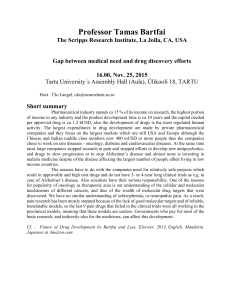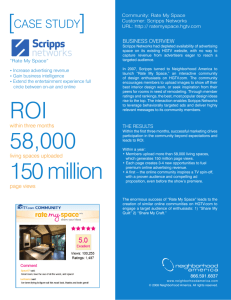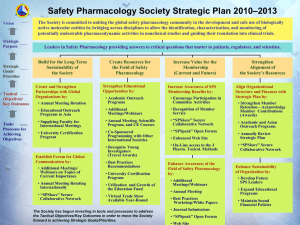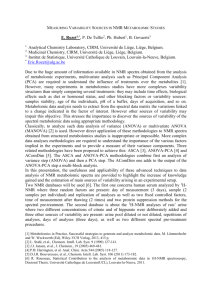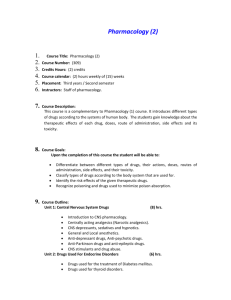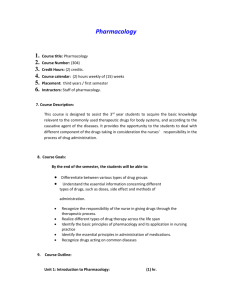Gorantla, S., Poluektova, L., & Gendelman, HE (2012). Rodent
advertisement
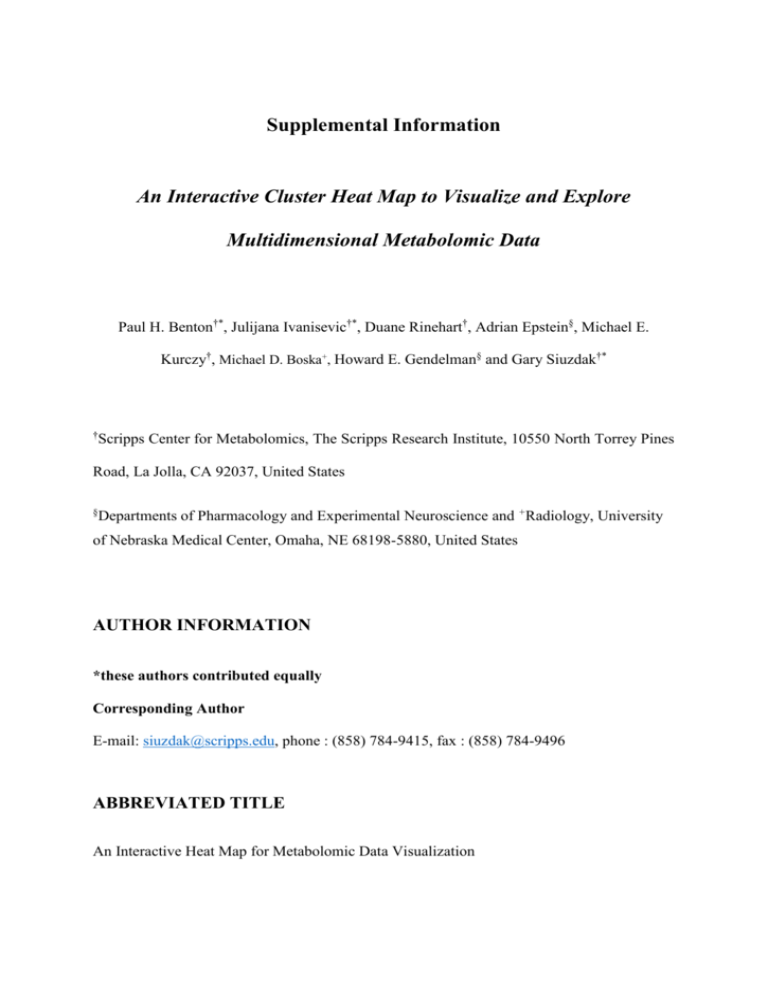
Supplemental Information An Interactive Cluster Heat Map to Visualize and Explore Multidimensional Metabolomic Data Paul H. Benton†*, Julijana Ivanisevic†*, Duane Rinehart†, Adrian Epstein§, Michael E. Kurczy†, Michael D. Boska+, Howard E. Gendelman§ and Gary Siuzdak†* † Scripps Center for Metabolomics, The Scripps Research Institute, 10550 North Torrey Pines Road, La Jolla, CA 92037, United States § Departments of Pharmacology and Experimental Neuroscience and +Radiology, University of Nebraska Medical Center, Omaha, NE 68198-5880, United States AUTHOR INFORMATION *these authors contributed equally Corresponding Author E-mail: siuzdak@scripps.edu, phone : (858) 784-9415, fax : (858) 784-9496 ABBREVIATED TITLE An Interactive Heat Map for Metabolomic Data Visualization MATERIALS AND METHODS Animals and Tissue preparation. NOD scid IL2 receptor gamma chain knockout, NOD.Cg-Prkdcscid Il2rgtm1Wjl/SzJ, (NSG) mice (The Jackson Laboratories, Bar Harbor, Maine, USA; stock number 005557) were obtained from an established breeding colony and housed under pathogen-free conditions in accordance with ethical guidelines for care of laboratory animals at the National Institutes of Health and the University of Nebraska Medical Center (Gorantla et al. 2012). Mice were anesthetized with 1–2 % isoflurane in oxygen then aligned in waterjacketed holder for microwave irradiation in a Muromachi Microwave Fixation System (10 kW model). Irradiation time was 800 ms at 4.9 kW (Epstein et al. 2013). Single voxel localized spectra were acquired at the midbrain using point resolved spectroscopy (PRESS). Spectra were acquired with a repetition time of 4 seconds, echo time of 50 ms, 128 averages, using volume coil transmit and birdcage coil receive on a 7 Tesla/16 cm Bruker Pharmascan (Karlsure, Germany) MRI/MRS system. Single-scan, localized, unsuppressed water signals were acquired as a reference for metabolite normalization. Sub-regional dissection followed anatomical boundaries to separate hemi-brains into cerebellum, hindbrain (pons and medulla), cerebral cortex, hippocampus, striatum, and midbrain (midbrain and thalamus). Cortex was further divided into frontal, dorsal (somatosensory through visual areas) and ventral (pirriform through perirhinal areas) sections. Following dissection all tissues were flash frozen in liquid nitrogen and stored at -80 Celcius. Chemical materials. Ammonium acetate (NH4Ac) and ammonium hydroxide (NH4OH) were purchased from Sigma Aldrich. Acetonitrile was purchased from Fisher Scientific (Morris Plains, NJ, USA), and water was purchased from J.T. Baker (Phillipsburg, NJ, USA). Supplementary Figure 1. Interactive XCMS Online screen shot displaying the results for the untargeted multigroup comparison of anatomical regions of mouse brain. The top panels provide an overlay of total ion chromatograms before and after (Aligned TICs) the retention time correction including the retention time deviation curves across all runs. The lower panels present the cloud plot, multidimensional scaling (MDS) and principal component analysis (PCA) output. The interactive tools are listed on the left as clickable panels that enable the detailed exploration of data through the interactive visualization of cloud plot, heat map or PCA. REFERENCES Epstein, A. A., Narayanasamy, P., Dash, P. K., High, R., Bathena, S. P., Gorantla, S., et al. (2013). Combinatorial assessments of brain tissue metabolomics and histopathology in rodent models of human immunodeficiency virus infection. Journal of neuroimmune pharmacology : the official journal of the Society on NeuroImmune Pharmacology, 8(5), 1224-1238. Gorantla, S., Poluektova, L., & Gendelman, H. E. (2012). Rodent models for HIV-associated neurocognitive disorders. Trends Neurosci, 35(3), 197-208.



